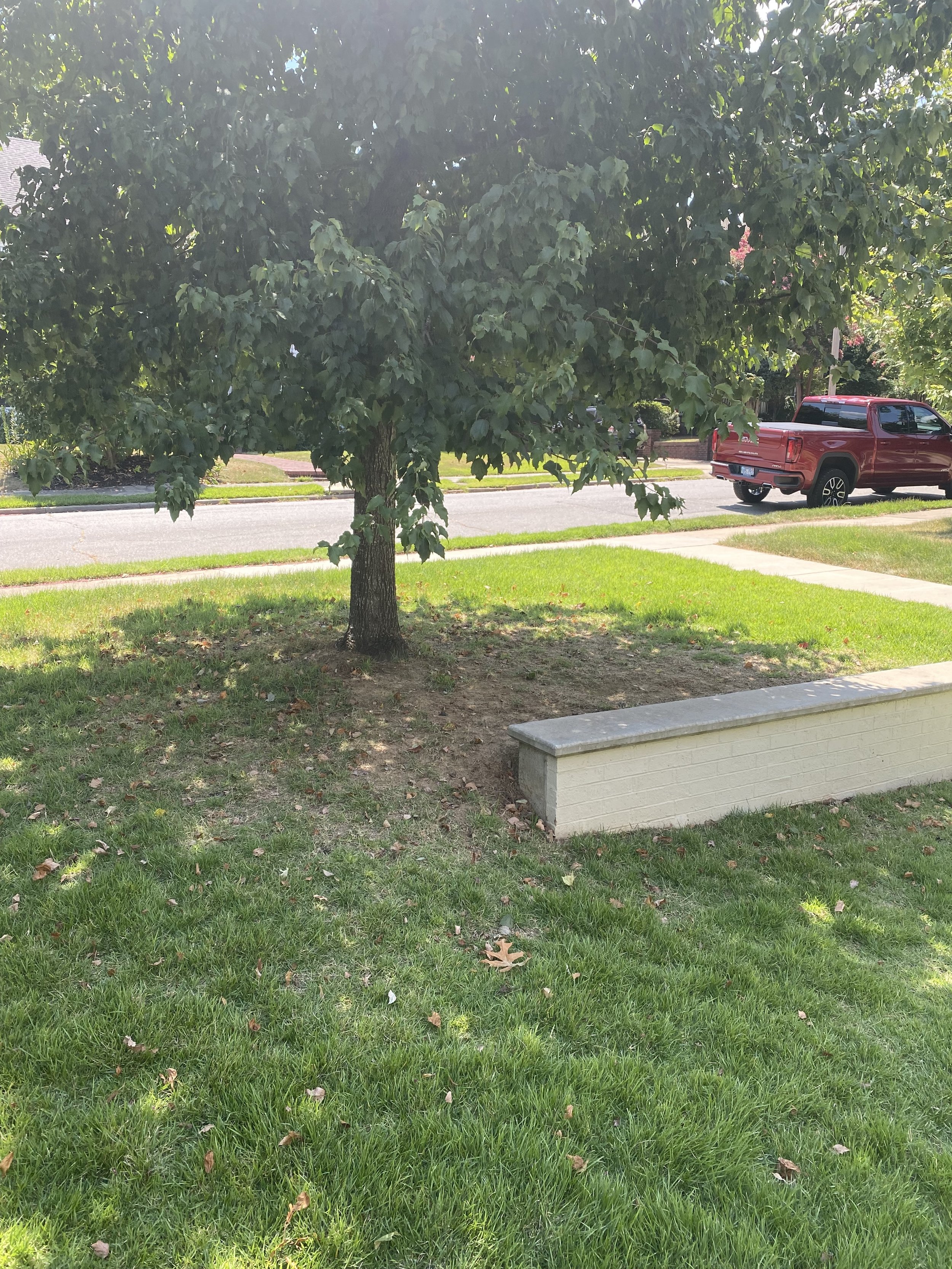Shade Kills
☀️ All warm-season turfgrass varieties are full-sun plants—they thrive best with maximum sunlight. Even so-called "shade-tolerant" varieties like Shade King Zoysia and St. Augustine still perform better in full sun.
⚠️ Shade Tolerance ≠ Shade Preference
Some grasses can survive in partial shade but don’t thrive without ample sunlight.
🌳 We Understand Full Sun Isn’t Always Possible
However, maximizing sunlight—whether through limbing up trees or adjusting landscaping—is essential for maintaining healthy, resilient warm-season turfgrass.
Sunlight & Your Lawn: Key Questions Answered
☀️ Why is sunlight so important?
Sunlight is the primary energy source for plants.
Without proper sunlight, grass can’t perform photosynthesis or absorb vital water and nutrients.
🌱 What does a lack of sunlight look like?
Grass in low-light areas tends to be thin, weak, and more vulnerable to damage.
🌳 How can I improve light conditions?
Observe how sunlight moves across your property to identify shaded areas.
Raise the canopy of large surrounding trees to allow more morning and afternoon sunlight.
This can add up to 2 extra hours of light per day, which can be the difference between thriving and dying for zoysia grass.
🔧 Are there other ways to help grass in low-light areas?
Raise the mower deck height in shady areas to maximize leaf surface area for better light absorption.
Use preventative care programs like:
✅ Fungal Agronomic Program – Helps prevent disease in slow-growing, shaded turf.
✅ Season-Long Turf Pest Prevention – Protects vulnerable grass from insect damage.Keep in mind: Grass in minimal sunlight will be slower to recover from damage, making prevention key.
The Cumulative Impact of Shade
Shade doesn’t just weaken grass—it amplifies other problems.
Even minor stressors, such as pests, disease, mowing, or foot traffic, can compound in shaded areas.
Weakened grass struggles to recover, making proactive care essential.






